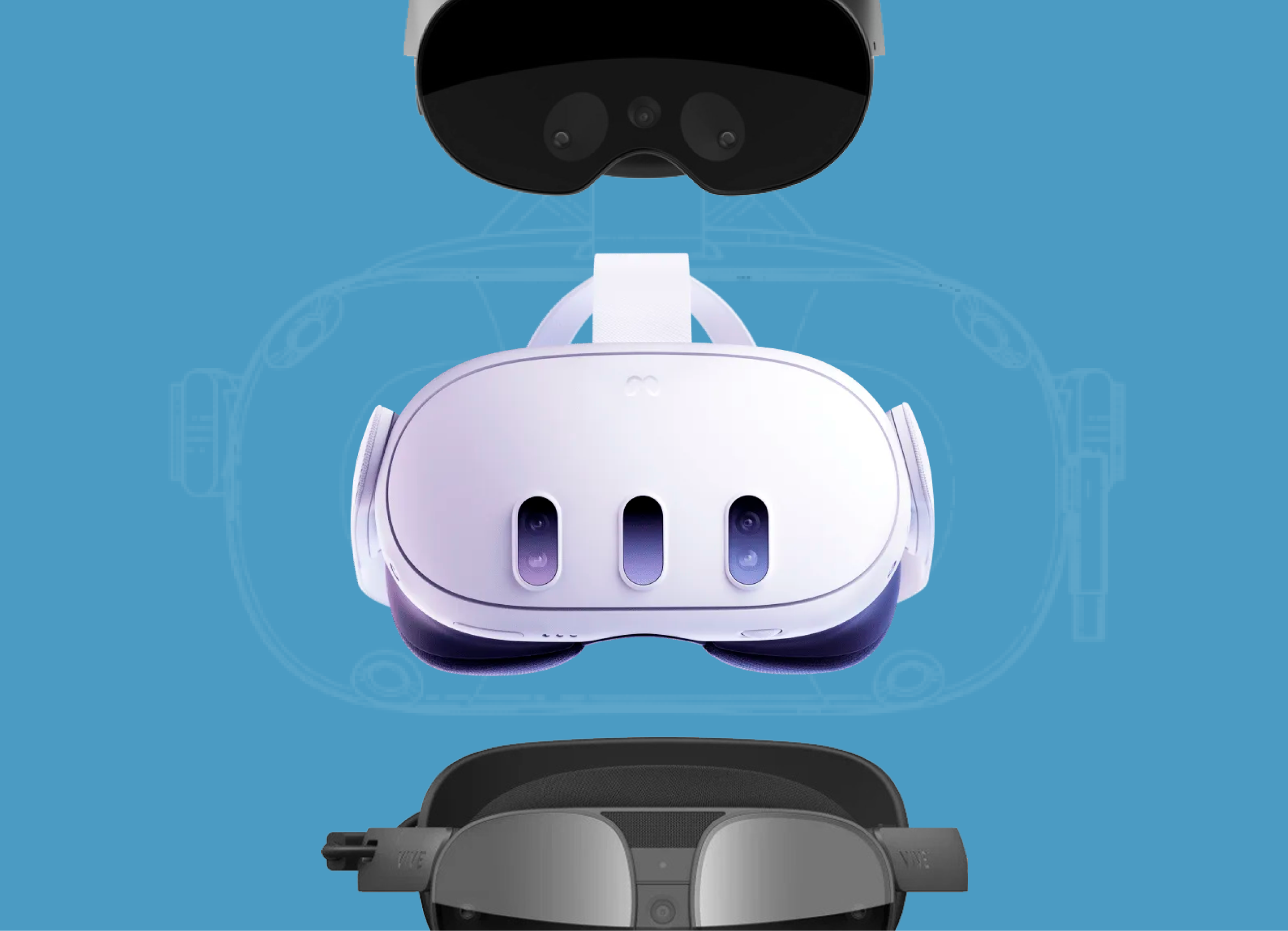
Introduction
VR usage provides new possibilities for museums to demonstrate their own exhibits. Also, virtual reality helps museums to create a new, more interesting experience, so visitors could understand famous artists’ works more deeply.
In virtual reality, you can demonstrate digital copies of famous pieces of art or design non-available or non-existing objects. Along with modern VR headset possibilities, museums can create a realistic, amusing, and easily accessible experience for museum visitors.
More than 2000 museums apply virtual reality technology, including the Parisian Louvre, National Gallery, Vatican Museums, etc.
VR is the new way to see the art
Virtual reality is a creative platform for museums and other institutions, where exhibitions are held. VR allows you not only to show the exact digital copy of the piece of art, but also to see it from a different perspective.
The Night Cafe: A VR Tribute to Vincent Van Gogh for Oculus Rift is a bright example of this kind of a VR exhibition. This app helps VR headset user immerse in famous Vincent Van Gogh painting «The Night Cafe». Using this app, a visitor get straight into the very same picture, where they can see the drawn objects from a different angle. The immersion effect is enhanced by animated pictures of people in a cafe and the chandeliers’ light which shimmers with living strokes of paint.
VR as a remote way to see national parks
In addition, VR is also applied for remote virtual excursions to famous national parks.
Fulufjället Virtual Tour is only the first part of the Virtual National Parks by IVAR Studios. The main purpose of the VR excursion is to provide free access to Fulufjället’s natural attractions to users around the world. In general, IVAR Studios plans to design VR excursions for 30 Swedish national parks.
Fulufjället National Park is known by Njupeskär, the Sweden’s tallest waterfall, on the Njupån river. The total height of the waterfall is 125 meters. A VR park visitor can see the spruce, also known as the «Old Tjikko». It is more than 9 550 years old and considered the world’s oldest tree.
VR as a way to recreate historical places
With virtual reality, museums are capable to recreate historically important places, which are significantly changed or don’t exist anymore.
For example, Tate Britain designed the VR exhibition Modigliani VR: The Ochre Atelier, dedicated to a famous Italian painter and sculptor Amedeo Modigliani. The exhibit lets users see a virtual version of a Parisian artist’s studio in the way it was back in 1919. The studio still exists, but today its interior is significantly changed.
VR is the way to restore the lost art
Museums also use VR for saving destroyed and stolen pieces of art in a digital format. On 18 March 1990, two robbers, disguised as policemen, stole 13 paintings worth 300 US dollars from The Isabella Stewart Gardner Museum. These pieces of art and criminals were never found. However, Ziv Schneider, a multimedia artist and designer, developed lost paintings in the VR Museum of Stolen Art, where the digital copies of missing pictures are shown.
The virtual museum also has two additional rooms, where visitors can look at pieces of art stolen from the National Museums of Iraq and Afghanistan. After the war in Iraq began, more than 14,000 exhibits has been stolen from the state’s museum. This theft is considered one of the largest art thefts in history.
Conclusion
Worldwide popular museums in Great Britain, France, and the USA use VR not only for remote exhibitions. Virtual reality helps visitors to change their perception of art. Also, VR gives us a chance to see missing pieces of art. And it’s just a small part of the possibilities of virtual reality, which changes the world around us.



